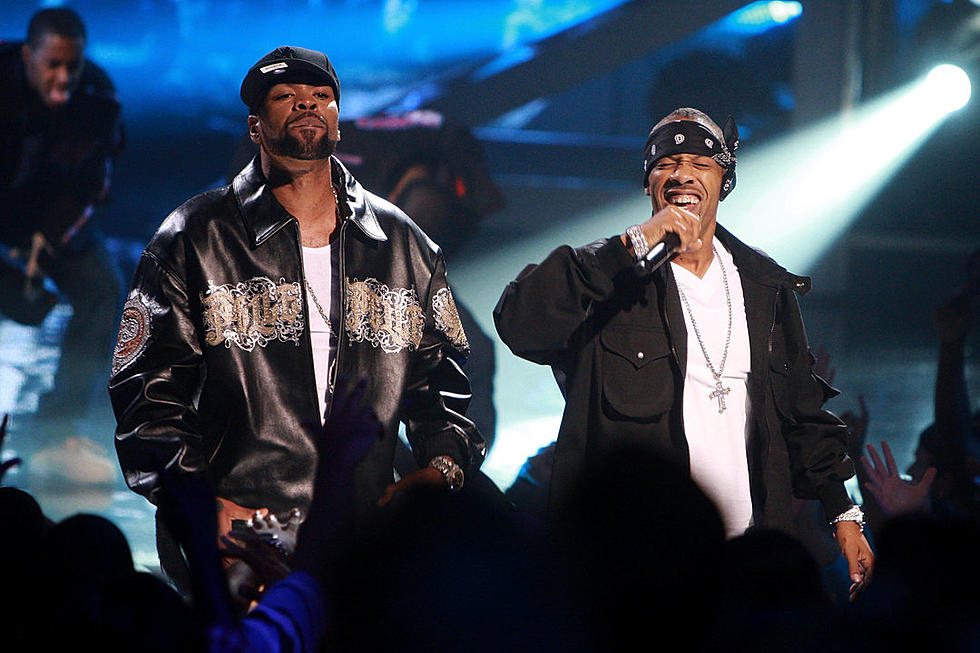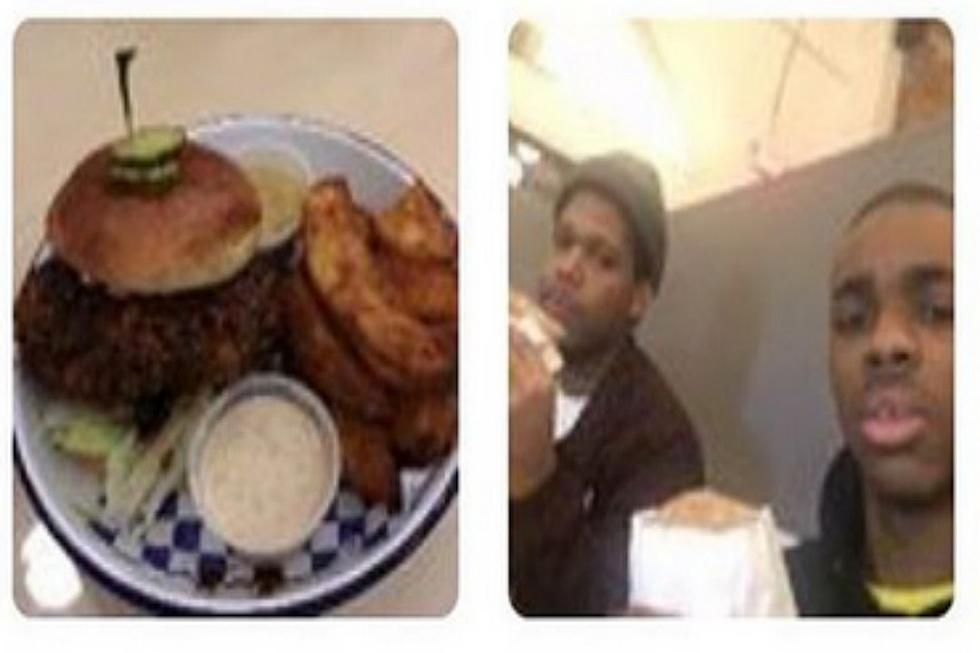
‘The Art of Organized Noize’ Premieres This Week: 4 Things We Loved About the Doc
The Art of Organized Noize won raves at SXSW and the highly-anticipated documentary premieres on Netflix on March 22nd.
There’s always been an air of mystery surrounding production trio, Organized Noize (Rico Wade, Pat “Sleepy” Brown and Ray Murray). The Atlanta-based producers and founders of the Dungeon Family (DF), which would birth OutKast, Goodie Mob and help launch the career of Joi, never spent a ton of time in the limelight. They didn’t exhaust their sound producing for a ton of artists just to grab a check. As a result, Organized Noize’s story remains largely unknown for those who weren’t intimately familiar with the group by direct or indirect association.
Their new documentary, The Art of Organized Noize, produced by Flava Unit and directed by QDIII, will change that. Featuring appearances from music executive Shanti Das, producer Metro Boomin’, Andre 3000, Big Boi, Puffy, 2 Chainz, Ludacris and more, it’s funny, insightful and real.
Here are four things we loved about The Art of Organized Noize.
- 1
Rico, Ray and Sleepy hold nothing back.
Rico’s always been known as the mouthpiece of Organized Noize: the guy who ran the business side of things and acted as the voice for the threesome. But those who haven’t had an opportunity to see Rico up close may not realize how hilarious he is. A quick-talker, Wade’s one-liners, and quips about business lessons learned and observations on other DF members are hilarious, even when the film dips into some of the more serious struggles Organized Noize faced. Meanwhile, Sleepy, who Rico and Ray call “The Funk” (with just cause) keeps it completely honest when talking about why the group fell from the limelight and his whereabouts during the fall. And while Ray is the quiet one they call “Yoda” because of his musical skill and general countenance, audiences get a chance to get a more intimate peek into his introverted personality. He always remained the most focused of three—grounded, insightful and incredibly humble.
- 2
Organized Noize’s innovative production process gets some shine.
It’s not exactly a secret that Organized Noize’s hook was that they sounded like nothing else out there when they emerged in 1994 with OutKast’s debut, Southernplayalisticadillacmuzik. But what folks may not know is that the majority of their productions featured live musicians. By incorporating session musicians into their creations, they not only made their sound richer and signified that they were cut from an entirely different cloth. Plus, the documentary gives an inside glimpse to the creation of some classic Organized tracks, including TLC's mega-hit, "Waterfalls," En Vogue's "Don't Let Go" and Goodie Mob's "Cell Therapy."
- 3
Love the music and the rest will come.
The film spends a good amount of time talking about the early days of the Dungeon Family; time spent in "The Dungeon,” a crawl space at Rico Wade’s house in East Point. The raw story of chicken wings, weed, and Mrs. Wade allowing a bunch of music-hungry boys to camp out in her home is not just entertaining, but signifies what’s probably the most important overall theme of the documentary and Organized Noize—love. They were truly a family, and 20 years later, even through drama and fall-outs, that love remains. And it’s inspiring.
- 4
Their vision was absolute.
When OutKast’s Speakerboxx/The Love Below went diamond and won Album of the Year at the Grammys, L.A. Reid received a shot out. But the music mogul didn’t even want to sign the duo when Organized first brought them to him. In fact, it took an offer from Mercury Records to kick Reid into gear and sign them, giving them their first break on LaFace’s Christmas album, which spawned the hit, “Playas Ball.” But even back when they were laboring in the Dungeon, they knew they were on to something special, and that kept them focused and ready for the success that awaited them.
More From HOT 99.1

![Drake and Rihanna Make a Cancer Patient’s Wish Come True [PHOTO]](http://townsquare.media/site/625/files/2016/01/rihanna-drake1-e1458570549302.jpg?w=980&q=75)
![Jay Pharoah Stops By The Breakfast Club [VIDEO]](http://townsquare.media/site/435/files/2016/03/hqdefault8.jpg?w=980&q=75)


![50 Cent and The Game Appeared at Same Party in Los Angeles [PHOTO]](http://townsquare.media/site/625/files/2016/03/50-Cent-The-Game.jpg?w=980&q=75)
![Gunfire Erupts on Final Day of SXSW 2016 [VIDEO]](http://townsquare.media/site/625/files/2016/03/SXSW-Police-YouTube.jpg?w=980&q=75)

![Kanye West Kissing Himself Mural Is an Amazing Piece of Art [PHOTO]](http://townsquare.media/site/625/files/2015/08/kanye-vma.jpg?w=980&q=75)

